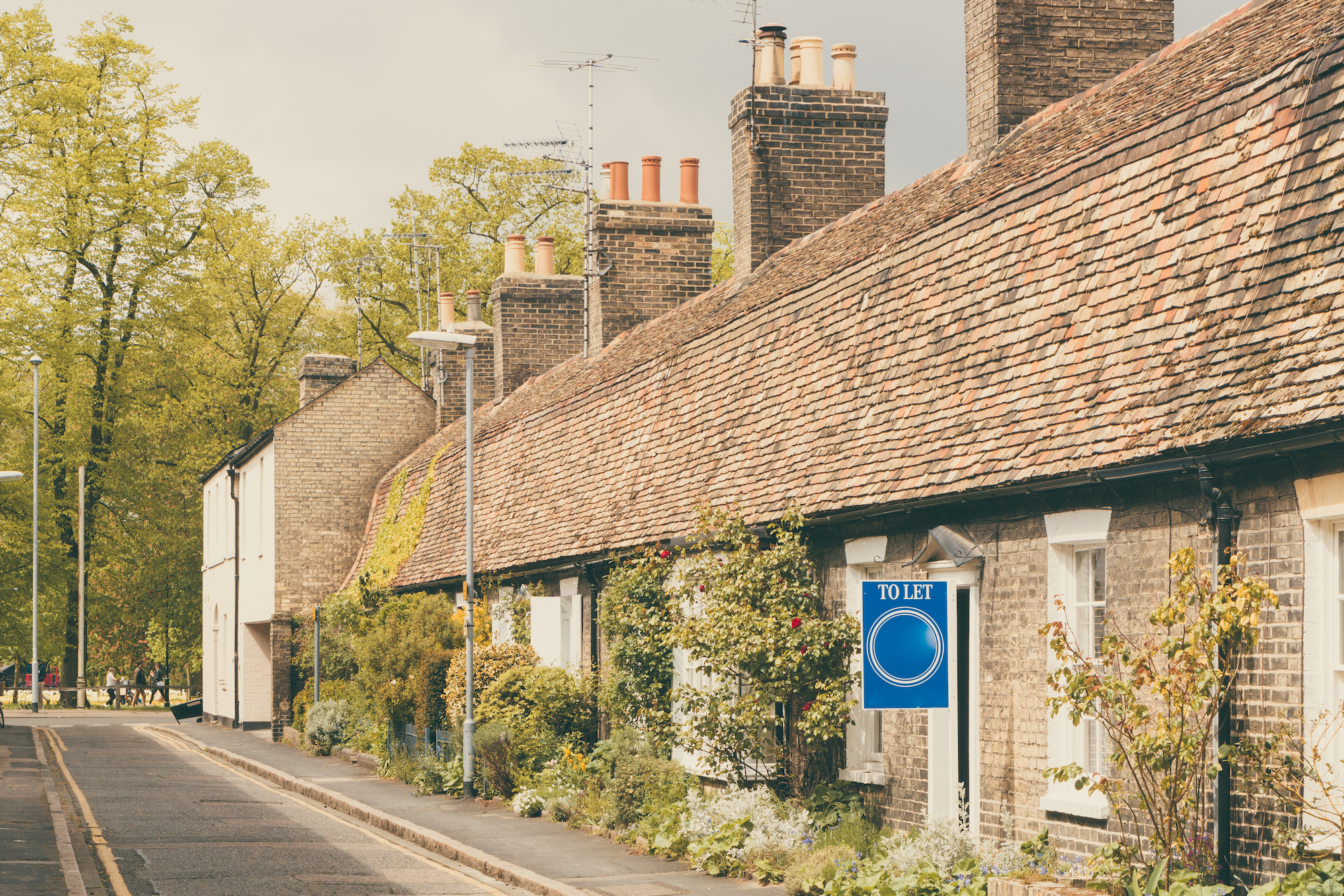
Buy-to-Let Mortgages: What Are They And What Do You Need to Know?
- 3rd May 2018
Written by Samantha Moate

Written by Samantha Moate
Mortgages are tricky things to navigate. Get your mortgage right and you’ll have all you need to make an investment into a home and get onto the property ladder. Get it wrong and you could end up unknowingly committing fraud or have your home repossessed! But buying a property needn’t be all doom and gloom. If you’re looking to purchase a property to rent out rather than live in it yourself, you’ll need a buy-to-let mortgage. Today we break down what this type of mortgage involves and how it works.
What is a buy-to-let mortgage?
A buy-to-let mortgage allows you to borrow money to purchase a property that you can then rent out. Because this type of mortgage is a higher risk to banks and building societies, the deposit that you’d need to put down would be considerably higher than if you were a first time buyer for yourself. This is because a buy-to-let loan is classed as a business transaction and therefore presents a greater risk to the lender. Risks for this type of mortgage arise if the property lies empty for a period, or if tenants prove to be unreliable. Property owners have to be able to cope with potential risks such as these before taking out the appropriate mortgage, but can enjoy very affordable monthly payments as well as rental income from their tenants.
How high are buy-to-let mortgage rates?
As with any type of mortgage, the rates tend to vary depending on who you go to and the range of factors involved. Lenders have to take into account how risky the loan is, how strong your credit score is and how much of the deposit you’re going to put down initially. Because this type of loan is riskier than a first time buyers’ home, the rates are often higher, meaning that you can’t borrow as much money when compared to the cost of the house. First time buyers borrowed – on average – 84% of the value of their houses last year, whilst buyer of rented properties borrowed only 69% of the costs. Whilst you could borrow up to 85% with certain banks, 75% is a more realistic figure.
Despite this, the average property values for buy-to-let properties tend to be lower than a first-time buyers’ home, making the whole process more doable. In 2016-17, the average cost of a buy-to-let home was £185,000, compared to £215,000 for first time buyers. The initial investment would still need to be around £34,000 for first time homeowners, and £57,000 for buy-to-let.
How can I qualify for a buy-to-let mortgage?
Whenever you come to take out a buy-to-let mortgage, the bank or building society you pick will judge your eligibility with an affordability calculator. This calculator takes into account your personal income and the amount of rent you can expect against the value of the property. The rental income usually has to equal at least 125% of your annual repayments. If you were repaying £10,000 a year for example, your income from the rent would need to be £12,500. Similarly if you were repaying £20,000 per annum, your rental income would need to be £25,000 or more. This buffer on top of the mortgage due is to allow for any periods of vacancy between tenants.
Unlike first time buyers who only need to be 18 or over to put down a payment on a house, buy-to-let mortgage lenders tend to have stricter eligibility criteria for who they lend money to. Usually the minimum age for this type of lending is 25 years old, and usually requires a minimum income of around £25,000 to ensure that you can afford the investment. Lenders also tend to have upper age limits of around 70-75, which means that this is the oldest you can be when you mortgage ends. If you were 45 and took out a 25-year mortgage for example, it would finish when you hit 70.
How can I benefit from a buy-to-let?
Most buy-to-let loans are interest only, rather than repayment. This means that rather than repaying the cost of your property every month, you’ll simply pay the interest and clear the overall debt when the property is sold. The main benefit to this is that interest-only payments tend to be far cheaper than repayments! Between 2016-17 interest-only payments for buy-to-let homeowners averaged £360 on average, compared to the £770 monthly repayment for first time buyers. Over the year you’d therefore only need to pay £4,320 compared to £9,240 if you were living in the property yourself. You can also usually offset a percentage of the mortgage interest against your tax bill, making it a much cheaper way of affording a property. The only downside is that as these payments aren’t going towards paying off your capital, if property prices fall it could increase the risk of selling the property later down the line.
Have more questions about this type of mortgage or a property? Get in touch with our team and let us help!